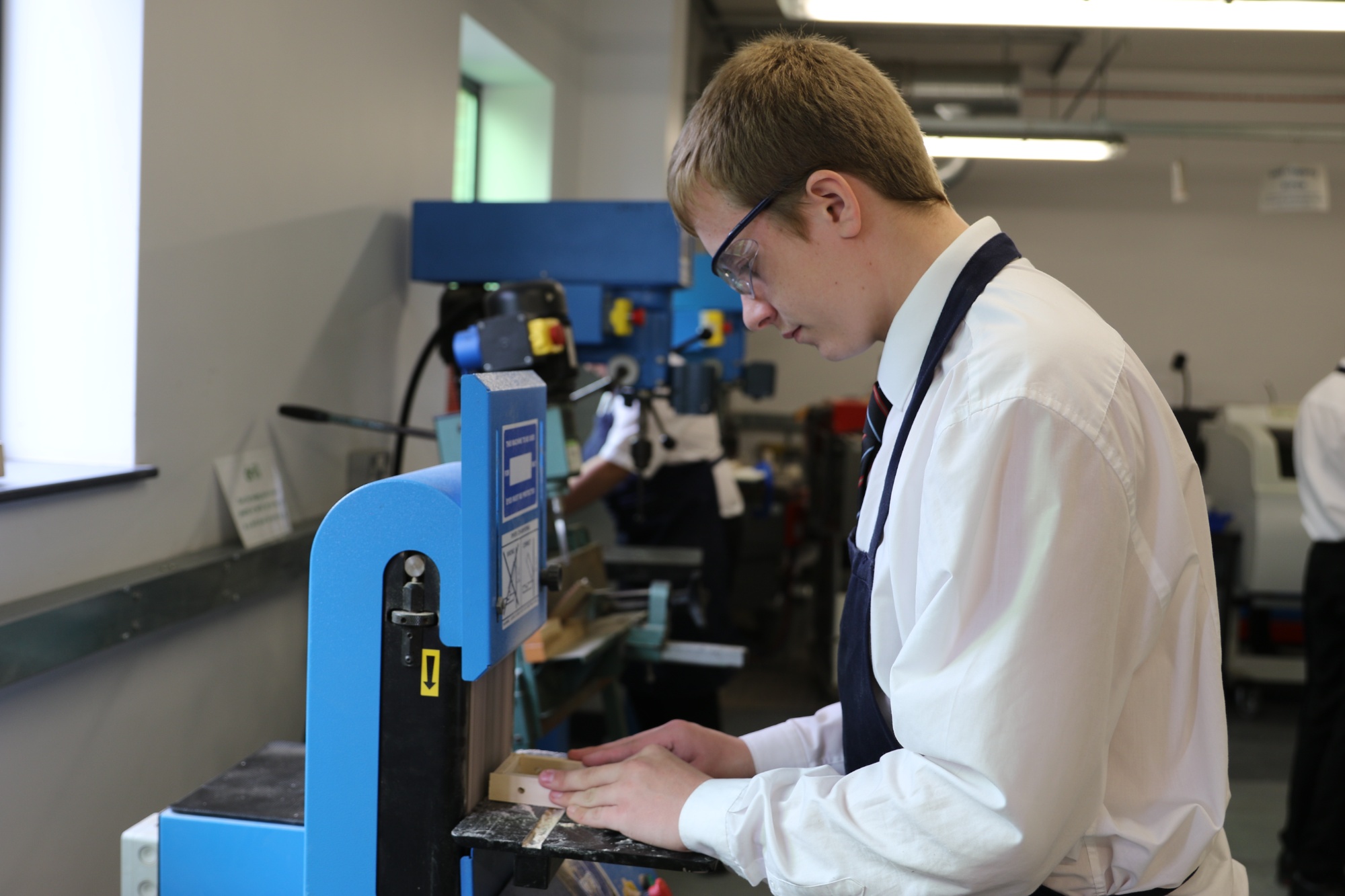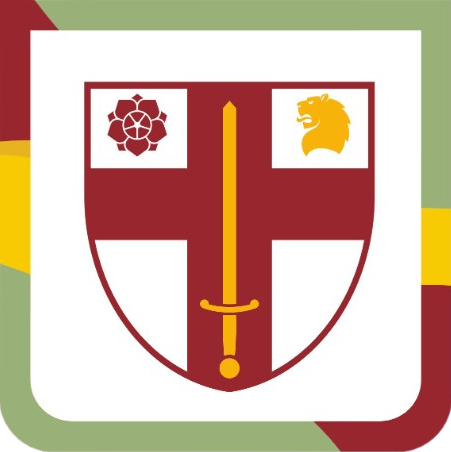Design Technology

“and He has filled him with the Spirit of God, in wisdom and understanding, in knowledge and all manner of workmanship, to design artistic works,”
Exodus 35:31-33
KS3 Curriculum
Year 7
Design, Make, Evaluate
- Hardwood, softwood
- Natural and manufactured timbers
- MDF box
- Material properties
- Bike activity
- Animal textiles
- Man-made textiles
- How is it made? Natural and manufactured timbers
Technical Knowledge
- Introduction to paper and board
- Paper and board properties and uses
- Natural and manufactured timbers
- Introduction to metals and alloys
- Bike activity
- NNT metals and alloys
- Introduction and properties of polymers
- Introduction to textiles
- Man-made textiles
- Natural and manufactured timbers
Year 8
Design, Make, Evaluate
- Design & Make: Automation
- Design & make
- Computer-aided design
- Computer-aided manufacture
- Flexible manufacturing systems
Technical Knowledge
- Automation
- Enterprise
- Technology Push & Market Pull
- Sustainability
- People
- Culture
- Society
- Environment
- Production techniques & systems
- Computer-aided design
- Computer-aided manufacture
- Flexible manufacturing systems
Year 9
Three-Dimensional Design
Students will be introduced to a variety of learning experiences, which encourage the development of skills, through the use of a variety of relevant and appropriate materials, media, processes techniques and technologies. Pupils will realise their personal intentions through various practical projects based around area of product design.
Knowledge and Understanding
Pupils will develop a knowledge and understanding of the way sources inspire the development of ideas Exploring mechanisms, through the investigation of motions, changing magnitude, force and direction, through the use of levers, linkages and cams.
KS4 Curriculum
Year 10
Three-Dimensional Design
Students will build upon the knowledge understanding and skills acquired and developed in year 9 when engaged in realising personal intentions/responses to three dimensional designs in the areas of architecture and product design. Extend these into other areas of 3D such as jewellery and casting.
Knowledge and Understanding
- Pupils will develop a knowledge and understanding of the way sources inspire the development of ideas by investigating a range of historical and contemporary sources, such as the work of Antoni Gaudi, The Bauhaus and Macel Bruer, with a view to more personalised and developed outcomes, through a wider range of materials and process
- Surface embellishment using line tone and texture through block printing and using card and paper as mediums to present personalised architectural sculptures
- Producing maquettes developing ideas around structure into real life applications in the development of functional pavilions.
- Development from 2D to 3D, including forming by wasting in wood to produce a 3d puzzle.
- Design and manufacture a Bauhaus inspired tangram and associated packaging through CAD CAM working in polymer.
- Develop ability to use 3D techniques to model make and digitally model using appropriate software and programs.
- Develop working in metals/ found materials to produce a piece of jewellery to meet a client brief. Be able to evaluate the work of others, express intent, experience of process, obstacles overcome and quantify success of outcomes both oral and written.
Year 11
Component 1: NEA Portfolio
- Concentrating mainly in the areas of architecture and product design pupils will continue to develop their portfolio.
- Card and paper manipulation skills developed to produce a range of architectural maquettes when realising personal intentions of pavilions.
- Explore and use found materials when developing architectural structures.
- Skills will develop in straight line design when working with wood to produce De Stijl inspired structures. Including joining marking out and cutting of halving joints
- Metal work skills including soldering when working with copper coated steel to respond to a brief for fluid line seating.
- Investigations will come to completion, and pupils will develop their annotation and drawing skills when mounting and presenting the work produced for their portfolio.
- Practical skills will be developed in an individual and differentiated manner, as pupils will be working in their own preferred media and materials and techniques.
Component 2: Externally set assignment
- When responding to component 2 pupils will use their time to develop the bank of resources media and materials in preparation for the 10-hour practical exam.
- Students will choose from knowledge and understanding of materials, processes and influences gained across all years to inform choices in their exam prep and actual exam.


